The Beginners Guide for Custom ERM Software Development From Scratch

Building custom ERM (Enterprise Risk Management) software from scratch is a complex but rewarding endeavor that allows organizations to tailor their system precisely to their unique business needs. ERM software serves as a comprehensive solution, integrating various business processes and functionalities, to solve any such risk happening to an enterprise including employee safety, stopping financial fraud, securing sensitive data, and meeting statutory regulations. Without the help of a professional custom ERM software development team, it’s difficult to manage risks associated with the business, and to embark on this project, meticulous planning and analysis of organizational requirements are essential.
The development team of the software development companies is well-versed to define the software's scope, functionalities, and user interfaces. The enterprise risk management software design should consider scalability, security, and data integration. During the development process, agile methodologies can facilitate incremental progress and iterative improvements, while regular testing and quality assurance helps to ensure the software's reliability and stability.
With this post, we will try to understand how the best software development company like ITEconic builds custom ERM Software from scratch with the appropriate ERM software development cost and more.
What is ERM Software Stands For?
Considering a full-fledged definition of ERM software, then one must need to know that the ERM (Enterprise Risk Management) software is a comprehensive and integrated framework designed to manage any kind of organizational risk. By knowing the importance of the ERM system, many software development companies look forward to providing the best solutions to their clients, and that’s when having a specialized team with knowledge would help them to achieve positive results in the industry. Understanding the powerful features and astounding benefits, ERM software solutions make companies eligible to easily identify, mitigate, and finally monitor risks via a centralized platform.
Having custom ERM software designed by software development companies enables organizations to make well-versed and informed decisions for their overall growth and resilience.
Also Read: What is NativePHP? Key Features and Uses
In-depth features of ERM software solution that you should know:
- ERM solutions facilitate the efficient flow of information and coordination across different departments, streamlining operations, and optimizing resources.
- ERM software typically includes modules for core business functions that are associated with organizational risk such as employee safety, safeguarding sensitive data, and stopping financial fraud.
- All the modules of the ERM framework are interconnected, allowing data to be shared seamlessly across the organization, promoting real-time visibility and better decision-making.
The primary goal of ERM software is to provide a centralized platform where businesses can manage and track all aspects of their operations, from financial transactions to inventory levels to customer interactions. By consolidating and automating processes, ERM software helps improve productivity, reduce manual errors, enhance collaboration, and stand in better customer service. It is widely used by medium to large enterprises across various industries to optimize their business processes, manage organizational risk, and drive efficiency.
How Custom ERM Software Development Solutions Works?
As we already discussed, an ERM software solution is best to identify and solve enterprise risks, so that the company’s operations go seamlessly. Building custom ERM software demands strong collaboration between business stakeholders and development teams to align technology with business objectives, ultimately resulting in a powerful and tailored solution that optimizes efficiency, streamlines processes, and supports sustainable growth for the organization.
The following points will help you to understand how ERM Software built by top-notch software development companies work:
#1 Quick Risk Identification and Complete Assessment
In order to help businesses to detect all types of possible risks, such as financial, strategic, regulatory, and operational issues, ERM software comes to the rescue mode. Primary users can collect data from multiple sources, such as external and internal databases, and other major risk indicators. After identifying the potential risks, a company can evaluate the risk’s occurrence probability while having risk assessments and take strict action against it for a recitative outcome.
#2 Risk Reduction and Monitoring
ERM Software designed by top-notch software development companies like ITEconic would help in assisting and creating practical risk reduction plans. Users can assign responsibilities and delegate tasks to the relevant parties to monitor all risk reduction and mitigation measures. One should know that risk monitoring is vital to learn that the process is working fine and can handle emerging risks on time.
By developing ERM software, you will be facilitated with real-time monitoring through its automated reporting features, alarms, and dashboards, ensuring entrepreneurs access a quick and complete view of the company’s operations to identify any sort of errors or issues.
#3 Real-Time Reporting
The custom ERM software follows to showcase extensive reporting along with analytics tools, allowing businesses to provide spot trends, insights, and evaluate risk exposures across multiple project units. The software stores all the integrated data in a centralized database, accessible to authorized users throughout the organization. This centralized approach enables real-time data sharing and reduces the need for redundant data entry.
ERM systems offer powerful reporting and analytics capabilities, enabling users to generate real-time insights and monitor key performance indicators (KPIs). This data-driven approach aids decision-making and strategic planning.
#4 Automation and Workflow
ERM software streamlines business processes by automating repetitive tasks and defining workflows. For example, it can automate all the risk management tasks and reduce manual effort and errors. Apart from this, it implements robust user access controls to ensure data security and privacy. Different user roles and permissions restrict access to sensitive information, protecting the organization from unauthorized use.
#5 Integration with Scalability
The Enterprise Risk Management software is designed to scale up with the organization’s overall growth, and in the matter of an all-inclusive risk identification picture across the firm, ERM software is best to integrate with other major enterprise systems, including project management, compliance, and financial management tools.
Integrating ERM software with key-some enterprise systems helps to eliminate silos, foster cultural risk awareness, and promote collaboration and accountability among different departments in the organization. ITEconic, the best software development company offers cloud-based deployment of the ERM software solutions providing flexibility, accessibility, and easier maintenance.
Brownie Post to Read – How to Build an App Like Threads
How to Build Custom ERM Software Solution From Scratch
Building a custom ERM solution from scratch is a significant undertaking that requires careful planning and execution. Here's a step-by-step guide on how to approach the development process to get the finished solutions that align well with the organization’s risk management strategy:
Identify Your Business Requirements
Begin by understanding the specific needs of the organization for effective risk management. This will allow identifying the assessment areas where enterprise risk management software needs to be implemented. Conduct thorough discussions with key stakeholders from various departments to identify pain points, existing challenges, and desired functionalities.
For example, a manufacturing company may require modules for inventory management, production planning, and quality control.
Conduct Feasible Analysis
The best software development company or team you hired for your ERM software development project needs to first cater to and understand your company’s unique risk management requirements and possess the difficulties you are facing. Based on that, the experts will design features of the software by adding functionalities like risk assessment & identification, reporting, mitigation, and monitoring tools.
Note – While developing a custom ERM software, the developers will also conduct a feasibility analysis to understand whether the software will be financially and technically feasible.
Scope and Technology Stack
Based on the identified requirements, outline the scope of the ERM software and define the features of each module. Prioritize essential functionalities, and create a list of user stories to detail how each feature should work. Select the technology stack that aligns with the project's requirements. For backend development, popular choices include languages like Python or Java. While, frontend development can use technologies like React, Angular, or Vue.js. Database selection (e.g., PostgreSQL, MySQL, MongoDB) should be based on data volume and scalability needs.
ERM System Design
Create a robust ERM solution design that ensures several software modules like scalability, performance, and security. These modules prominently aim to manage all the aspects of the effective risk management system, including user interfaces, data storage, and final integration with other systems.
Additionally, the data flow would be carefully planned to ensure the accuracy and efficiency of the details transferred between the multiple software components. The ERM software development team works to produce user interfaces that are user-friendly, highly intuitive, and works easily with the system.
Development and Testing
After completing the designing part, the ERM Software development team would move forward to commence the development process based on specific guidelines. Develop each module iteratively, following agile development practices. For example, start with the core functionality of the accounting module, test it thoroughly, and then add more features. Conduct regular testing and quality assurance to identify and fix bugs early in the development process.
Integrate with Current CRM Tools
The next step is to integrate the custom ERM software with other systems like ERP, CRM, and compliance tools. This would ensure seamless data transmission between the current and new organization systems. Implement data integration mechanisms to ensure that information flows seamlessly between different modules.
User Interface and Security Control
Develop a user-friendly and intuitive UI that allows users to navigate the system easily. Consider user experience (UX) principles to ensure efficient interaction. On the other hand, implement robust security measures to protect sensitive data. Use encryption to safeguard data at rest and in transit. Implement user access controls to ensure that employees can only access data relevant to their roles.
Scalability and Performance Optimization
Design the system to handle increasing data volumes and growing user numbers. Optimize database queries, use caching mechanisms, and employ load-balancing techniques to enhance performance. You can also run several system tests to identify any fault or error at the time of developing effective risk management software and fix them accordingly.
Deployment and Maintenance
Once the development is complete, deploy the ERM software on a production server. Monitor the system regularly, collect user feedback, and perform updates and maintenance as needed. You are also advised to provide thorough training to employees on using the ERM software effectively. Offer ongoing support to address any issues or questions that arise during daily operations.
By following these steps and customizing the ERM software development to the specific needs of the organization, businesses can create a powerful, tailor-made solution that optimizes processes, improves efficiency, and drives growth.
In case, you have missed it 5 Effective Customer Loyalty Programs for Small Businesses
Cost of Developing a Custom ERM Solution in 2023
On average, developing a custom ERM solution costs you between $45,000 to $200,000. However, you need to remember that this is just for a quick estimation. The overall cost for ERM software development varies depending on the organization’s needs and several other factors like coding, developing technology stack, testing, number of features, and more.
Therefore, the best way to identify the overall cost of the project would be to consult the best software development company that specializes in building custom-made ERM software and solutions. However, there are various key factors as well, that deliberately affects the overall software development cost; such as
- Development Team – The ERM software development cost varies depending on the company or independent developer and designer member is charged on an hourly basis, plus their geographical location.
- Chosen Technology – Further, the cost of enterprise risk management software development would also be determined by the choice of technology like programming languages and the most preferred technology stack used in the project.
- Complexity and Customization – Adding customization to the ERM system along with the scope of complexity would directly impact the cost factor of the solution.
Apart from the above-stating points, maintenance and support is also a very crucial factor when deciding the final enterprise risk management software development cost.
What to Consider In Custom ERM Software Development Solution
When evaluating an ERM solution, several crucial factors should be considered. Firstly, the solution must offer a comprehensive and integrated approach to risk management, enabling organizations to identify, assess, and prioritize risks across the entire enterprise. It should provide robust risk analytics and reporting capabilities to support data-driven decision-making. The ERM tool should be scalable and adaptable, capable of accommodating the organization's evolving risk landscape. User-friendliness and ease of implementation are essential to ensure effective adoption by stakeholders across various departments. Integration with existing systems and data sources is crucial for seamless data flow and a holistic view of risks. Additionally, the solution should support compliance and regulatory requirements, promoting transparency and governance. Ultimately, a strong ERM software solution should enhance organizational resilience, aid in proactive risk management, and contribute to achieving the organization's strategic objectives.
Trending Now - Grow Your B2B E-Commerce Channel Using Loyalty Programs
Why ERM Tools Are Crucial To Manage Risk For Overall Business Success In 2023?
ERM tools play a vital role in helping businesses navigate the complexities of risk and create a resilient and sustainable foundation for long-term success. They provide a systematic and structured framework for understanding, assessing, and managing risks, allowing organizations to make well-informed decisions and seize opportunities while safeguarding their objectives.
Adhere to the points to understand the importance of Enterprise Risk Management (ERM) tools for managing risk and achieving business success.
|
Holistic Approach |
ERM tools provide a comprehensive and integrated view of all potential risks that an organization may face. They allow businesses to identify, assess, and prioritize risks across various departments and functions. This holistic approach ensures that risks are not viewed in isolation but rather in the context of their potential impact on the entire organization. |
|
Risk Identification and Assessment |
ERM tools facilitate the systematic identification of risks, both internal and external, that could affect the organization's objectives. These tools help quantify the likelihood and potential consequences of risks, enabling businesses to prioritize and allocate resources more effectively to address them. |
|
Decision-Making Support |
With ERM tools, management can make more informed decisions based on a thorough understanding of the organization's risk landscape. These tools provide data and insights that allow leaders to assess the trade-offs between risk and reward and choose strategies that align with the organization's risk appetite. |
|
Proactive Risk Management |
ERM tools encourage proactive risk management rather than a reactive approach. By identifying risks early on, businesses can implement preventive measures, develop contingency plans, and mitigate potential negative impacts before they materialize, reducing the likelihood of costly surprises. |
|
Compliance and Governance |
In many industries, compliance with regulatory requirements is critical. ERM tools help organizations track and manage compliance obligations, ensuring they meet legal and regulatory standards. Additionally, these tools can enhance corporate governance by promoting transparency and accountability in risk management processes. |
|
Enhanced Resilience |
By systematically addressing risks across the organization, ERM tools help build resilience. Businesses become better equipped to withstand disruptions, adapt to changing market conditions, and recover more effectively from unexpected events. |
|
Stakeholder Confidence |
Effective risk management through ERM tools can boost stakeholder confidence. Investors, customers, partners, and other stakeholders are more likely to trust and support a well-managed organization that understands and addresses its risks appropriately. |
|
Cost Savings |
Managing risks proactively can lead to cost savings in the long run. Preventing or minimizing the impact of risks is often more cost-effective than dealing with the consequences of a risk event after it occurs. |
|
Competitive Advantage |
Companies that demonstrate robust risk management practices can gain a competitive advantage. Stakeholders, including customers and investors, may view them more favorably compared to competitors that do not have a clear and effective risk management approach. |
|
Business Continuity |
Enterprise Risk Management tools contribute to the continuity of business operations by identifying potential threats to business processes and enabling the development of continuity plans. This ensures that operations can continue even during times of crisis or uncertainty. |
Don’t Forget to READ! Why Mobile App Development Companies Choose Flutter
What Is The Future Of Enterprise Risk Management Development Solutions?
The future of enterprise risk management (ERM) holds significant potential for transformation and evolution. As technology continues to advance, ERM will increasingly rely on sophisticated data analytics, artificial intelligence, and machine learning to identify and assess risks in real time. Predictive modeling and scenario analysis will become more prominent, enabling organizations to anticipate potential threats and opportunities proactively. Integration with Internet of Things (IoT) devices and other emerging technologies will provide organizations with more comprehensive risk data from diverse sources. Moreover, ERM will expand beyond traditional risk domains, encompassing non-financial risks such as cybersecurity, reputational, and environmental risks. There will be a growing emphasis on sustainability and ESG (Environmental, Social, and Governance) factors, with ERM playing a crucial role in ensuring businesses operate responsibly and ethically. As a result, ERM will be deeply embedded in strategic decision-making, driving a culture of risk awareness and resilience throughout organizations, leading to a more agile, adaptable, and successful business landscape.
Conclusion From ITEconic’s Part
Overall, ERM software helps organizations optimize their resources, improve operational efficiency, enhance collaboration between departments, and gain a comprehensive view of their business performance. By automating and integrating processes, ERM systems empower businesses to make informed decisions, respond quickly to market changes, and achieve sustainable growth.
At ITEconic, we have a specialized team of app engineers and software developers who can build custom enterprise software with highly intuitive ERM solutions to overcome your business’s demands and challenges.
.jpg)

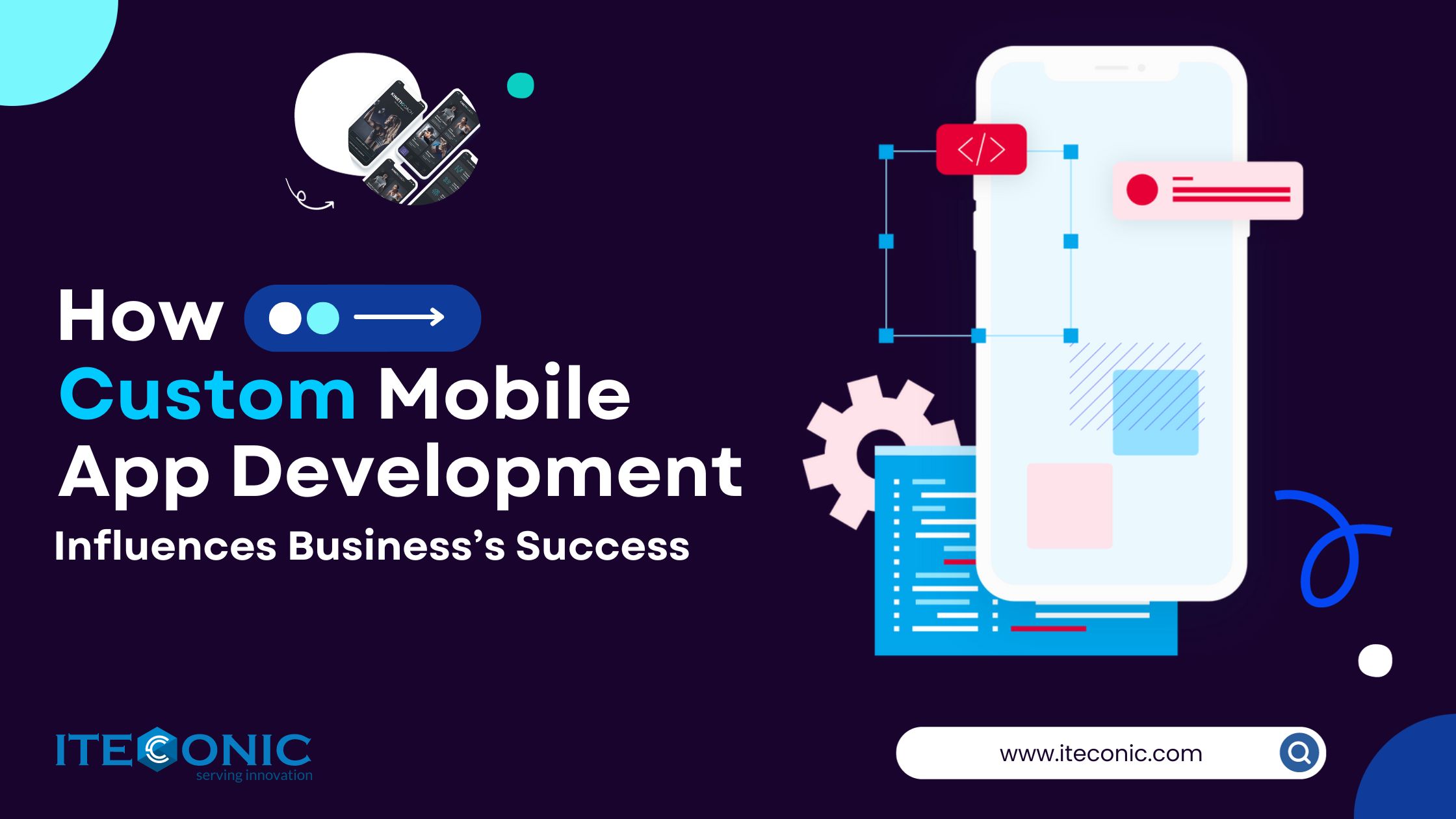
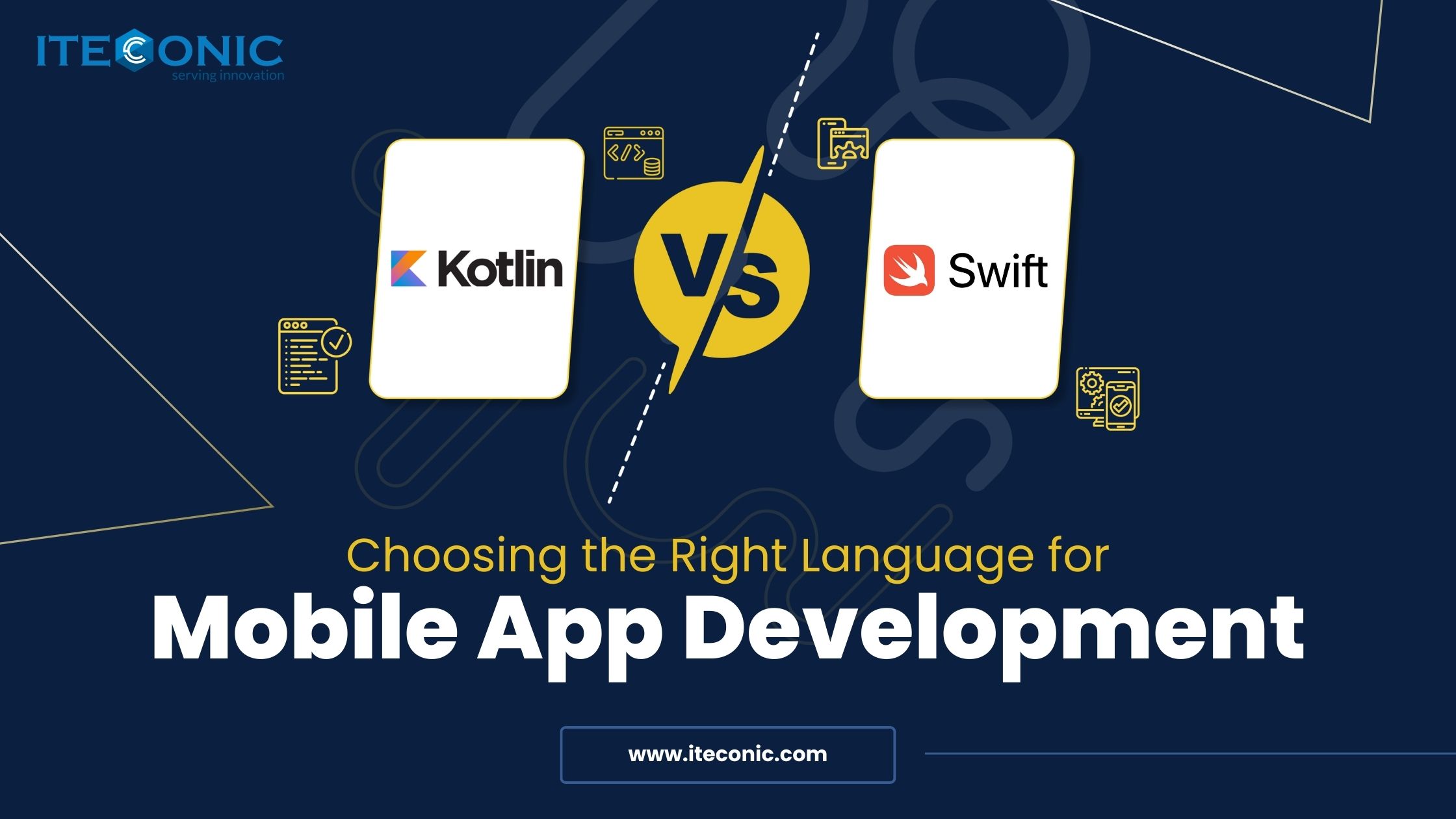

.jpg)
.jpg)
.jpg)
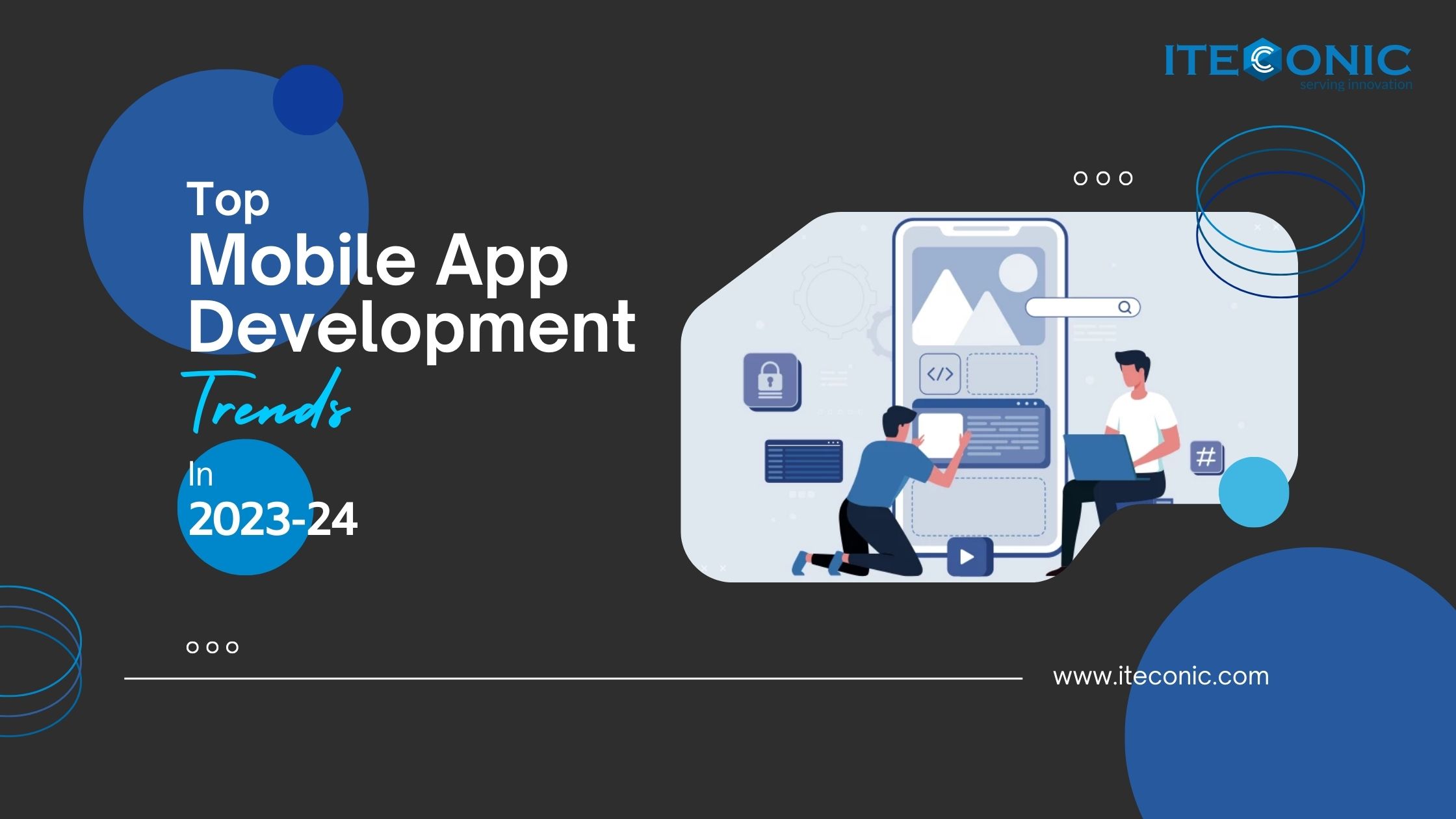
.jpg)
 (1).jpg)
.jpg)
.jpg)

 (1).jpg)

.jpg)
 (2).jpg)
.jpg)
.jpg)

.jpg)

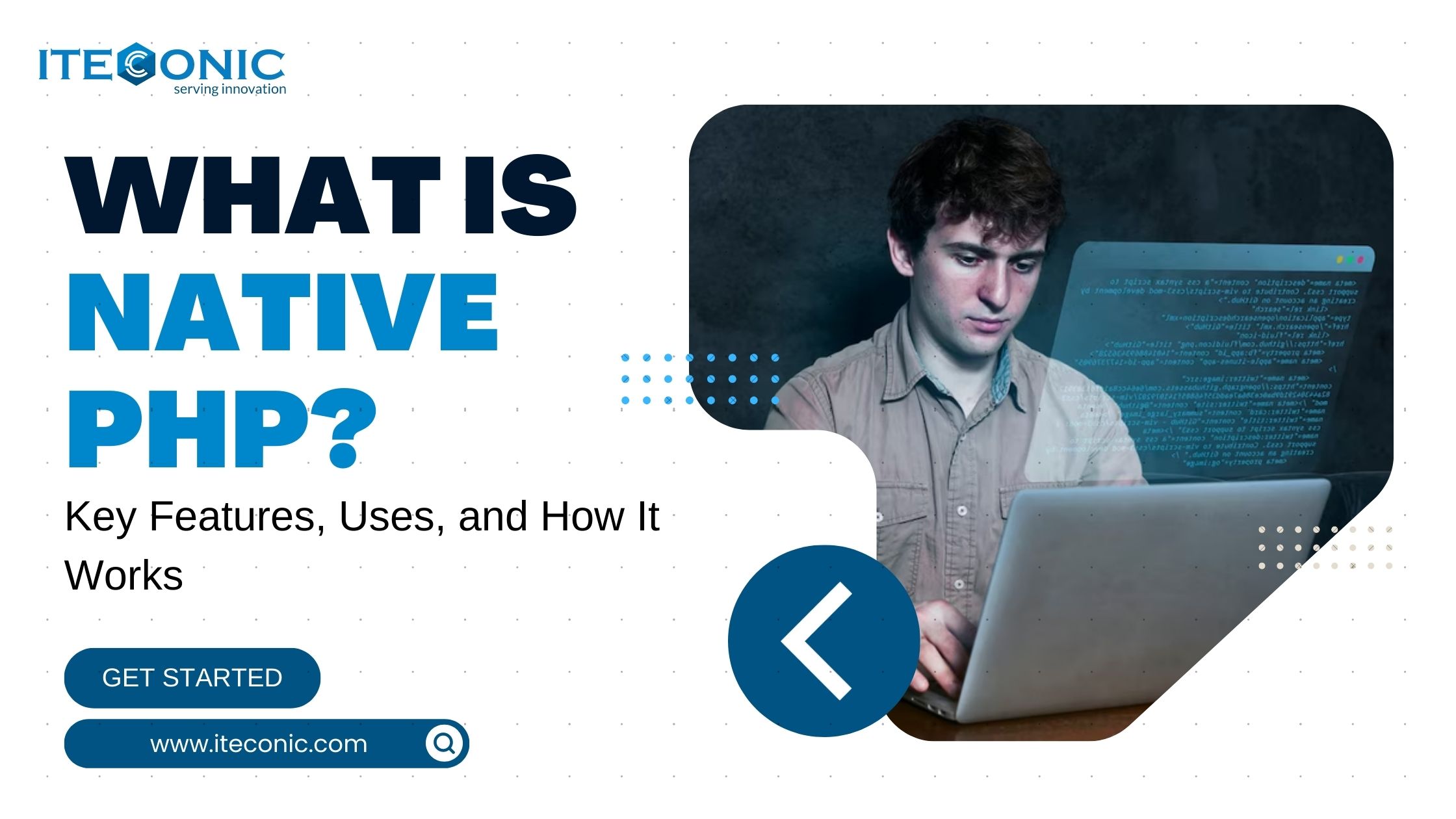


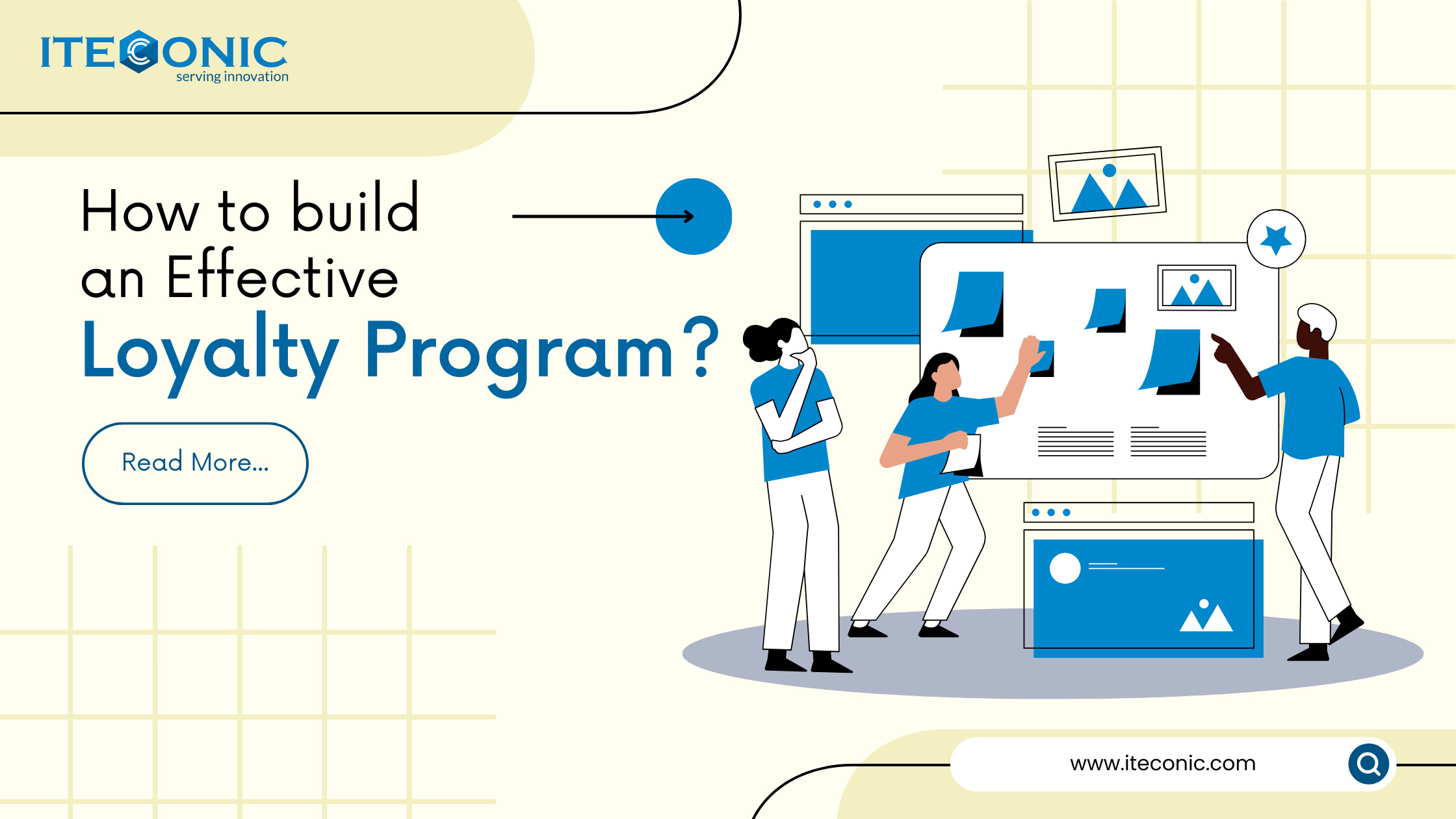
.jpg)
.jpg)
.jpg)

.jpg)
.jpg)
.jpg)



